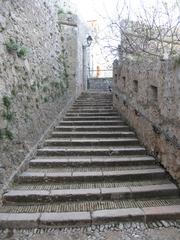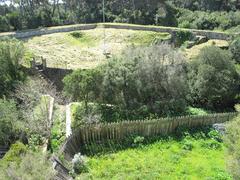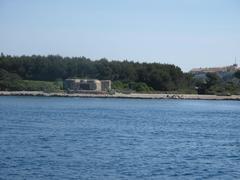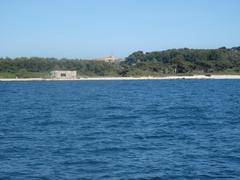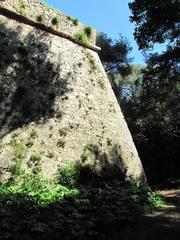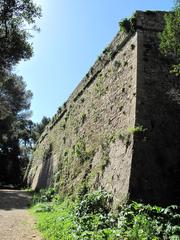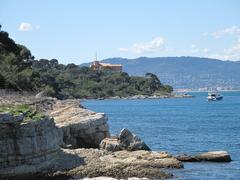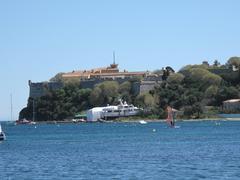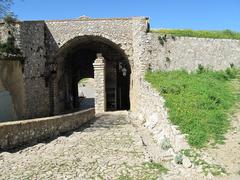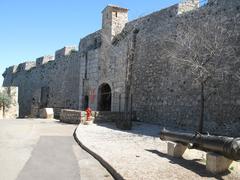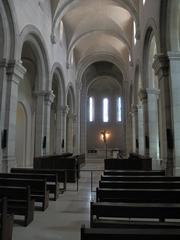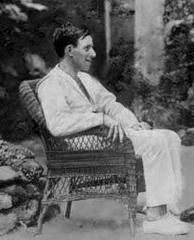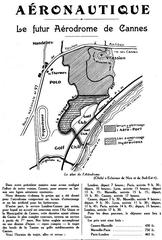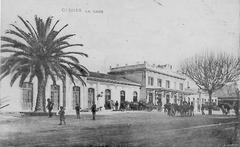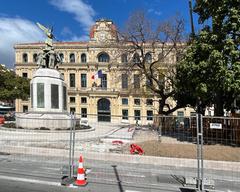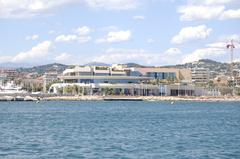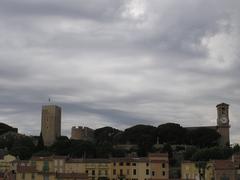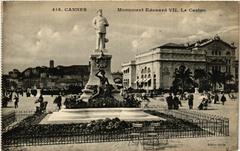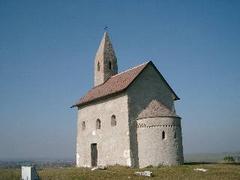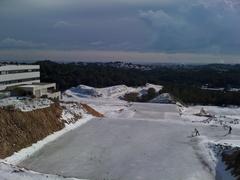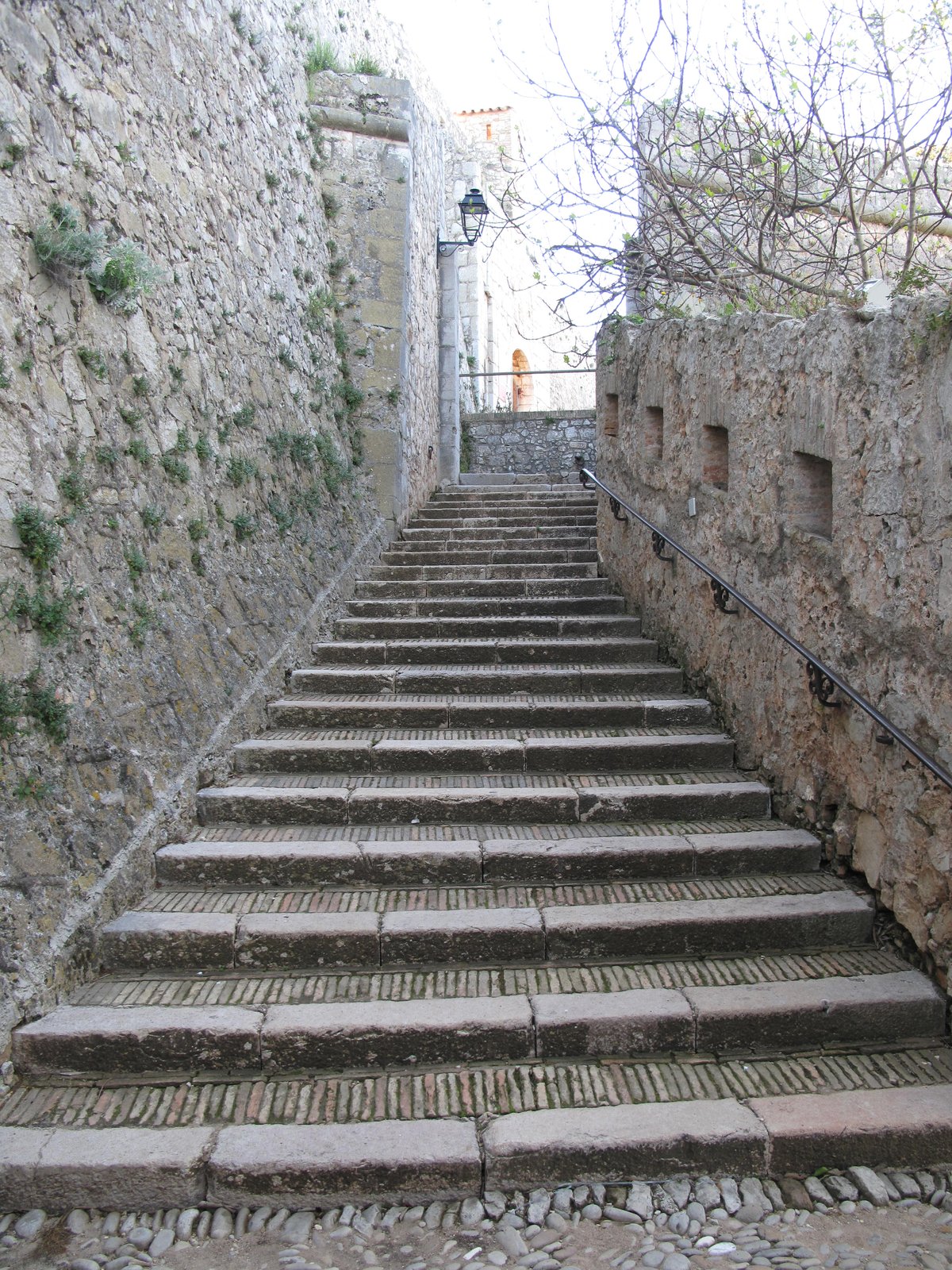
Visiting Fort Royal in Cannes: Hours, Tickets, and Historical Insights
Date: 23/07/2024
Introduction
Discovering Fort Royal on Île Sainte-Marguerite, just off the coast of Cannes, France, is like stepping back in time. This historical treasure, constructed in the 17th century under the orders of Cardinal Richelieu, has served various pivotal roles throughout its existence—from a strategic military outpost to a state prison housing the enigmatic Man in the Iron Mask (Cannes Destination). Fort Royal’s rich history, architectural marvels, and natural beauty make it an essential visit for any traveler. This comprehensive guide aims to provide you with everything you need to know, from visiting hours and ticket prices to travel tips and nearby attractions, ensuring a memorable experience.
Table of Contents
- Introduction
- Origins and Early History
- The Man in the Iron Mask
- Military Significance
- Napoleonic Era
- Transition to a Penal Colony
- World War II and Beyond
- Preservation and Modern-Day Significance
- Architectural Features
- Cultural Impact
- Visitor Experience
- Accessibility and Practical Information
- FAQ
- Conclusion
Origins and Early History
Fort Royal, located on the Île Sainte-Marguerite off the coast of Cannes, France, has a storied history dating back to the 17th century. The fort was constructed between 1624 and 1627 under the orders of Cardinal Richelieu, the chief minister to King Louis XIII. The primary purpose of the fort was to protect the French coastline from potential naval invasions and to serve as a strategic military outpost (Cannes Destination).
The Man in the Iron Mask
One of the most intriguing aspects of Fort Royal’s history is its association with the mysterious prisoner known as the Man in the Iron Mask. This enigmatic figure was held in the fort’s prison from 1687 to 1698. The identity of the Man in the Iron Mask remains one of France’s most enduring mysteries, with numerous theories suggesting he could have been a disgraced nobleman or even a relative of King Louis XIV (History.com).
Military Significance
Throughout the 17th and 18th centuries, Fort Royal played a crucial role in various military conflicts. During the War of the Spanish Succession (1701-1714), the fort was used as a base for French troops. Its strategic location allowed the French navy to control access to the Mediterranean Sea, making it a vital asset in the defense of the French Riviera (Britannica).
Napoleonic Era
In the early 19th century, during the Napoleonic Wars, Fort Royal was once again thrust into the spotlight. Napoleon Bonaparte recognized the fort’s strategic importance and ordered its fortifications to be strengthened. The fort served as a key defensive position against the British navy, which sought to disrupt French maritime activities in the Mediterranean (Napoleon.org).
Transition to a Penal Colony
By the mid-19th century, Fort Royal’s military significance began to wane, and it was repurposed as a penal colony. The fort housed political prisoners, including members of the Paris Commune, following the suppression of the 1871 uprising. The harsh conditions and isolation of the island made it an ideal location for incarcerating those deemed a threat to the state (Britannica).
World War II and Beyond
During World War II, Fort Royal was occupied by German forces, who used it as a base for their operations in the Mediterranean. The fort’s strategic location once again proved valuable, allowing the Germans to monitor Allied naval movements. After the war, the fort was returned to French control and eventually opened to the public as a historical site (History.com).
Preservation and Modern-Day Significance
Today, Fort Royal is a popular tourist destination, attracting visitors from around the world who are eager to explore its rich history and stunning views of the Mediterranean. The fort has been meticulously preserved, with many of its original structures still intact. Visitors can tour the prison cells, including the one believed to have housed the Man in the Iron Mask, and learn about the fort’s various roles throughout history (Cannes Destination).
Architectural Features
Fort Royal’s architecture reflects its military origins, with thick stone walls, bastions, and watchtowers designed to withstand sieges and naval bombardments. The fort’s layout includes a central courtyard, barracks, and storage facilities, all of which have been preserved to give visitors a sense of what life was like for the soldiers and prisoners who once inhabited the fort (Cannes Destination).
Cultural Impact
The fort’s association with the Man in the Iron Mask has had a significant cultural impact, inspiring numerous books, films, and television series. Alexandre Dumas’ novel “The Vicomte of Bragelonne: Ten Years Later,” which includes the story of the Man in the Iron Mask, has been particularly influential in popularizing the legend. This cultural legacy continues to draw visitors to Fort Royal, eager to uncover the mysteries of its past (Britannica).
Visitor Experience
For those planning a visit to Fort Royal, the site offers a range of activities and exhibits. Guided tours provide in-depth historical context, while interactive displays and multimedia presentations bring the fort’s history to life. The island itself is a natural paradise, with scenic walking trails, picnic areas, and opportunities for swimming and snorkeling in the crystal-clear waters of the Mediterranean (Cannes Destination).
Accessibility and Practical Information
Fort Royal is accessible by ferry from Cannes, with regular services operating throughout the year. The journey takes approximately 15 minutes, offering stunning views of the French Riviera along the way. Visitors are advised to wear comfortable walking shoes and bring sunscreen, as much of the fort’s exploration involves outdoor activities. Admission fees and ferry schedules can be found on the official website.
FAQ
- What are the visiting hours for Fort Royal? Visiting hours vary by season and can be found on the official website.
- How much do tickets to Fort Royal cost? Ticket prices vary; check the official website for the latest information.
- Are there guided tours available? Yes, guided tours are available and provide in-depth historical context.
- What are the best times to visit Fort Royal? Spring and early autumn are ideal for avoiding the summer crowds.
- Is Fort Royal accessible for people with disabilities? Some areas may be challenging, but there are accessible paths and facilities.
Conclusion
Fort Royal’s rich history, architectural significance, and cultural impact make it a must-visit destination for history enthusiasts and casual tourists alike. Its well-preserved structures and engaging exhibits offer a fascinating glimpse into the past, while the natural beauty of Île Sainte-Marguerite provides a serene backdrop for exploration and relaxation. Don’t forget to check out our mobile app Audiala for more travel tips and updates on historical sites!
References
- Explore Fort Royal - History, Visiting Hours, and Tickets, 2024, Cannes Destination (Cannes Destination)
- Who Was the Man in the Iron Mask?, 2018, History.com (History.com)
- War of the Spanish Succession, 2020, Britannica (Britannica)
- The Napoleonic Wars, 2021, Napoleon.org (Napoleon.org)
- Paris Commune, 2020, Britannica (Britannica)
- World War II History, 2019, History.com (History.com)
- Alexandre Dumas père, 2021, Britannica (Britannica)
